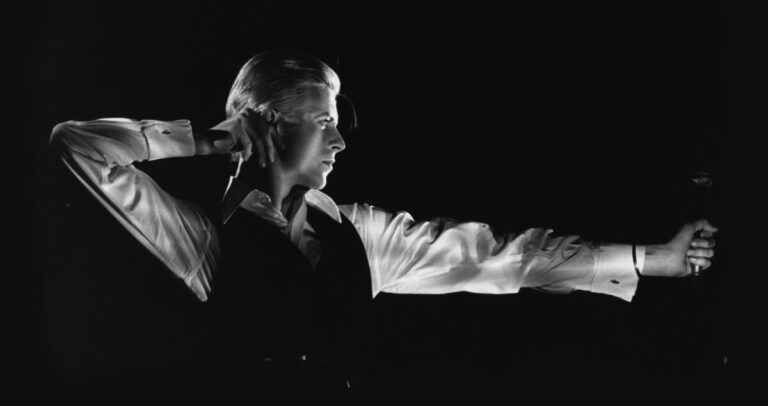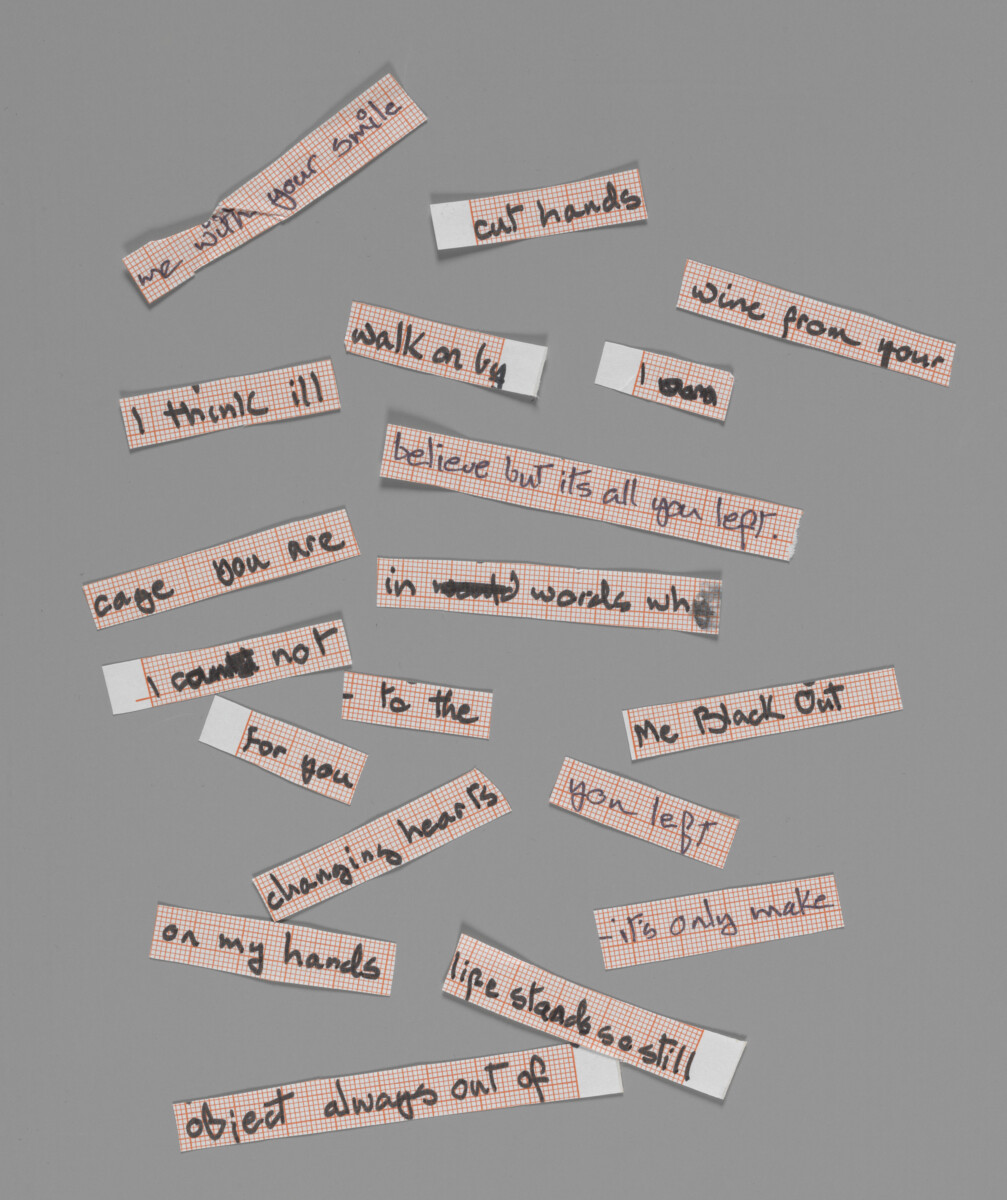V&A acquires David Bowie archive thanks to help of major donation & gift

From 2025, David Bowie’s archive of more than 80,000 items will be made available to the public through the creation of The David Bowie Centre for the Study of Performing Arts at V&A East Storehouse, in Stratford’s Queen Elizabeth Olympic Park.
The acquisition and creation of The Centre has been made possible thanks to the David Bowie Estate and a donation of £10mn from the Blavatnik Family Foundation and Warner Music Group.
Encompassing more than 80,000 items, the archive traces Bowie’s creative processes as a musical innovator, cultural icon, and advocate for self-expression and reinvention from his early career in the 1960s to his death in 2016. Alongside the creation of the new Centre, the gift will support the ongoing conservation, research, and study of the archive.
Advertisement

Dr Tristram Hunt, Director of the V&A, said:
“David Bowie was one of the greatest musicians and performers of all time. The V&A is thrilled to become custodians of his incredible archive, and to be able to open it up for the public. Bowie’s radical innovations across music, theatre, film, fashion, and style – from Berlin to Tokyo to London – continue to influence design and visual culture and inspire creatives from Janelle Monáe to Lady Gaga to Tilda Swinton and Raf Simons. Our new collections centre, V&A East Storehouse, is the ideal place to put Bowie’s work in dialogue with the V&A’s collection spanning 5,000 years of art, design, and performance. My deepest thanks go to the David Bowie Estate, Blavatnik Family Foundation and Warner Music Group for helping make this a reality and for providing a new sourcebook for the Bowies of tomorrow.”
Spanning Bowie’s career, the archive features handwritten lyrics, letters, sheet music, original costumes, fashion, photography, film, music videos, set designs, Bowie’s own instruments, album artwork and awards. It also includes more intimate writings, thought processes and unrealised projects, the majority of which have never been seen in public before.
Highlights include stage costumes such as Bowie’s breakthrough Ziggy Stardust ensembles designed by Freddie Burretti (1972), Kansai Yamamoto’s flamboyant creations for the Aladdin Sane tour (1973) and the Union Jack coat designed by Bowie and Alexander McQueen for the Earthling album cover (1997).
A spokesperson from the David Bowie Estate, said:
“With David’s life’s work becoming part of the UK’s national collections, he takes his rightful place amongst many other cultural icons and artistic geniuses. The David Bowie Centre for the Study of Performing Arts – and the behind the scenes access that V&A East Storehouse offers– will mean David’s work can be shared with the public in ways that haven’t been possible before, and we’re so pleased to be working closely with the V&A to continue to commemorate David’s enduring cultural influence.”
The archive also includes handwritten lyrics for songs including Fame (1975), “Heroes” (1977) and Ashes to Ashes (1980), as well as examples of the “cut up” method of writing introduced to Bowie by the writer William Burroughs. Additionally, the archive holds a series of intimate notebooks from every era of Bowie’s life and career, a photo collage of film stills from The Man Who Fell to Earth (1975-76), directed by Nicolas Roeg and featuring Bowie, and over 70,000 photographs, prints, negatives, large format transparencies, slides and contact sheets taken by some of the 20th century’s leading photographers from Terry O’Neill to Brian Duffy and Helmut Newton.

Among other highlights are instruments, amps, and other equipment, including Brian Eno’s EMS Synthesizer from Bowie’s seminal Low (1977) and “Heroes” albums and a Stylophone – a gift from Marc Bolan in the late 1960’s, used on Bowie’s Space Oddity recording.
Sir Leonard Blavatnik, Founder and Chairman of Access Industries, and the Blavatnik Family Foundation, said:
“We are very proud to support the V&A and allow for the creation of this irreplaceable archive to preserve and showcase David Bowie’s iconic career. His influence on music and popular culture throughout the world cannot be overstated.”
V&A East Storehouse is currently under construction, and will provide a purpose-built home for over 250,000 objects, 350,000 books and 1,000 archives. It will bring together conservation labs, working stores, research and reading rooms with galleries, display and performance spaces and creative studios – brought together through an extensive public network centred around the Collections Hall. At The David Bowie Centre for the Study of Performing Arts at V&A East Storehouse, from 2025, fans will be able to get up close and gain new insights into Bowie’s creative process. The David Bowie Archive joins the V&A’s Theatre & Performance collections, which includes the archives of influential individuals and organisations, from Vivien Leigh to Peter Brook, Akram Khan Dance Company, The Royal Court Theatre and Glastonbury Festival.
The acquisition follows the V&A’s 2013 exhibition, David Bowie Is…, which marked the first time a museum had been given unprecedented access to the David Bowie Archive. The exhibition was seen by over two million people around the world as part of its international tour, becoming one of the V&A’s most popular exhibitions of all time.




